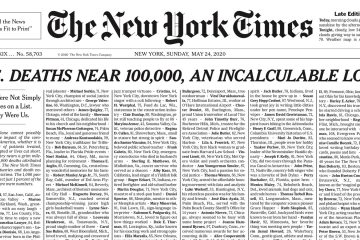The Enduring Fascination with Elves in Modern Culture

Introduction
Elves have captivated the imagination of cultures around the world for centuries. From ancient folklore to modern cinema, these mystical beings symbolize various traits such as mischief, magic, and wisdom. Their significance has evolved over time, adapting to the values and themes seen in contemporary storytelling. In an age where fantasy continues to thrive, understanding the portrayal of elves is increasingly relevant.
Historical Context of Elves
Elves have roots in Norse mythology, where they were depicted as divine beings associated with nature and fertility. In Germanic traditions, they were often mischievous spirits that could either bless or curse humans. Over time, the representation of elves shifted, especially during the Victorian era when they became softer and more whimsical characters.
Elves in Contemporary Media
In contemporary culture, elves have gained immense popularity, largely influenced by iconic works such as J.R.R. Tolkien’s ‘The Lord of the Rings’ and the adaptations that followed. Tolkien reimagined elves as noble and wise beings, skilled in arts and warfare, setting standards for their portrayal in literature and film. This depiction led to a resurgence of interest in elves, resulting in their inclusion in numerous works across various media, including books, movies, and video games.
Moreover, franchises like ‘Harry Potter’ and ‘The Chronicles of Narnia’ have further entrenched their presence in popular culture, showcasing elves as brave allies in the fight against darkness. With the rise of streaming platforms, series that explore fantasy realms have also contributed to the evolving narrative surrounding elves, making them more relatable and multifaceted.
Elves in Modern Traditions
Elves are not solely limited to fiction; they play significant roles in holiday traditions as well. The image of Santa’s elves has become a staple in Christmas celebrations, embodying the spirit of giving and joy. This has led to a broader acceptance of elven characters in festive themes, which continues to evolve each year with new products and adaptations.
Conclusion
The enduring fascination with elves illustrates their versatility and relevance in human culture. As symbols of magic and mystery, they offer a canvas for exploring themes of morality, friendship, and bravery. Looking ahead, it is likely that the portrayal of elves will continue to adapt, reflecting societal changes and the ongoing human desire for wonder and fantasy. As we immerse ourselves in stories of fantastical beings, elves remind us of the enchanting possibilities that imagination holds.









